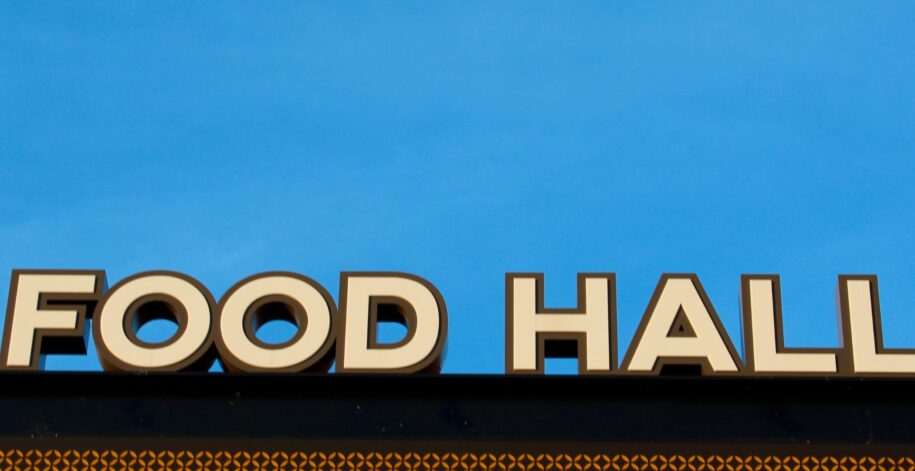Introduction:
Food halls have gained immense popularity in recent years, offering a diverse culinary experience under one roof. However, as these bustling spaces continue to thrive, managing the customer checkout process efficiently becomes a key challenge. Enter RFID (Radio Frequency Identification) technology—a game-changer that can revolutionize food halls by providing a seamless customer experience at checkout. In this blog post, we will explore how food halls can leverage RFID technology and integrate multi-merchant ordering to enhance operational efficiency and delight customers.
Understanding RFID Technology:
RFID technology uses radio waves to identify and track objects equipped with RFID tags. These tags contain unique identification information, allowing for automatic and contactless identification of items within range of an RFID reader. In the context of food halls, RFID tags can be attached to plates, trays, or wristbands to track individual purchases.
Streamlining the Checkout Process:
Traditional checkout processes in food halls often involve long queues and manual scanning of each item. RFID technology eliminates these pain points by automating the process. As customers move through the food hall, RFID readers can instantly detect the tagged items in their possession. This allows for a seamless checkout experience, reducing waiting times and enhancing customer satisfaction.
Personalized and Multi-Merchant Ordering:
To further enhance customer convenience, food halls can integrate multi-merchant ordering platforms with RFID technology. Customers can access a digital ordering system or app that allows them to browse menus, place orders, and pay for items from various vendors within the food hall—all from their mobile devices. RFID tags associated with the individual orders are linked to the customer’s account.
Order Tracking and Fulfillment:
Once an order is placed, the RFID technology tracks the progress of the order from preparation to delivery. As the customer moves through the food hall, the system can provide real-time updates on the status of each item, ensuring transparency and reducing wait times. When the order is ready, customers receive notifications on their devices, allowing them to collect their items seamlessly.
Enhanced Data Analytics and Customer Insights:
RFID technology also offers food hall operators valuable insights into customer behavior and preferences. By analyzing data captured through RFID tags, operators can identify popular dishes, peak times, and customer preferences. This information can be leveraged to optimize inventory management, tailor offerings, and improve overall operational efficiency.
Loyalty Programs and Personalized Marketing:
Integrating RFID technology with customer loyalty programs becomes easier. With each purchase being tracked, food halls can reward customers with loyalty points, discounts, or personalized offers based on their preferences and past orders. This not only encourages repeat visits but also strengthens customer engagement and loyalty.
Improving Operational Efficiency:
RFID technology not only benefits customers but also improves operational efficiency for food hall operators. By automating the checkout process, staff can be redeployed to focus on food preparation, customer service, and maintaining a clean and inviting environment. This optimized workforce allocation helps streamline operations, reducing costs and increasing overall productivity.
Conclusion:
RFID technology has the potential to transform the customer experience in food halls by offering a seamless checkout process and integrating multi-merchant ordering platforms. By implementing RFID tags and readers, food halls can enhance operational efficiency, reduce waiting times, and gather valuable customer insights. As the industry continues to evolve, embracing RFID technology will become a vital step in providing an exceptional dining experience and securing a competitive edge in the marketplace.
